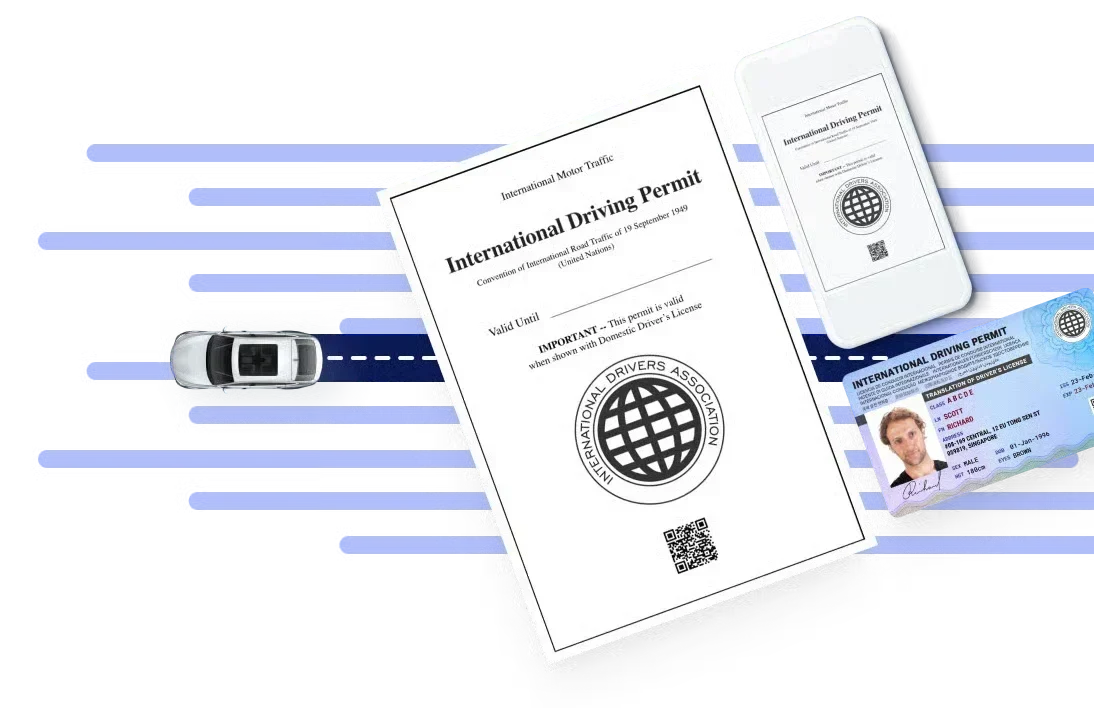Sometimes, a regular road trip just doesn’t cut it for thrill-seekers craving something more exhilarating. What truly ticks one’s boxes is an adrenaline-pumping, vertigo-inducing ride along the world’s deadliest roads. Some white-knuckling, hair-raising highway excursions that beat staying in with your cat on the weekend and just binge-watching Netflix.
Spice up your boring schedule by planning a road trip on the hardest roads in the world. Caution: these road trips might involve your soul leaving your body every five seconds. And also, your cat. From tight curves in Bolivia to icy highways in Alaska, here are the world’s most dangerous road trips.
What Makes a Road Dangerous
- Road conditions: Driving becomes riskier on roads with sharp hairpin turns, steep inclines, and narrow lanes. Buckle your seatbelts!
- Weather conditions: Rain, ice, snow, and fog can significantly reduce visibility, making the road impassable.
- Lack of guardrails: There are many mountainside roads and cliffs without guardrails to prevent cars from accidentally falling off into their impending doom.
- Poor road maintenance: Certain roads, especially in remote areas, maybe less frequently patrolled or repaired, increasing the risk of accidents.
- Traffic volume: Heavy traffic or roads with no traffic enforcers patrolling the area can contribute to increased accidents and risky driving conditions.
Road design: Roads built hundreds of years ago by local villagers or those that follow old trade routes can be particularly hazardous due to outdated construction techniques.
Defying the Death Road (North Yungas Road)
Country: Bolivia
Length: 64 kilometers (39 miles)
Best time for a road trip: May to October
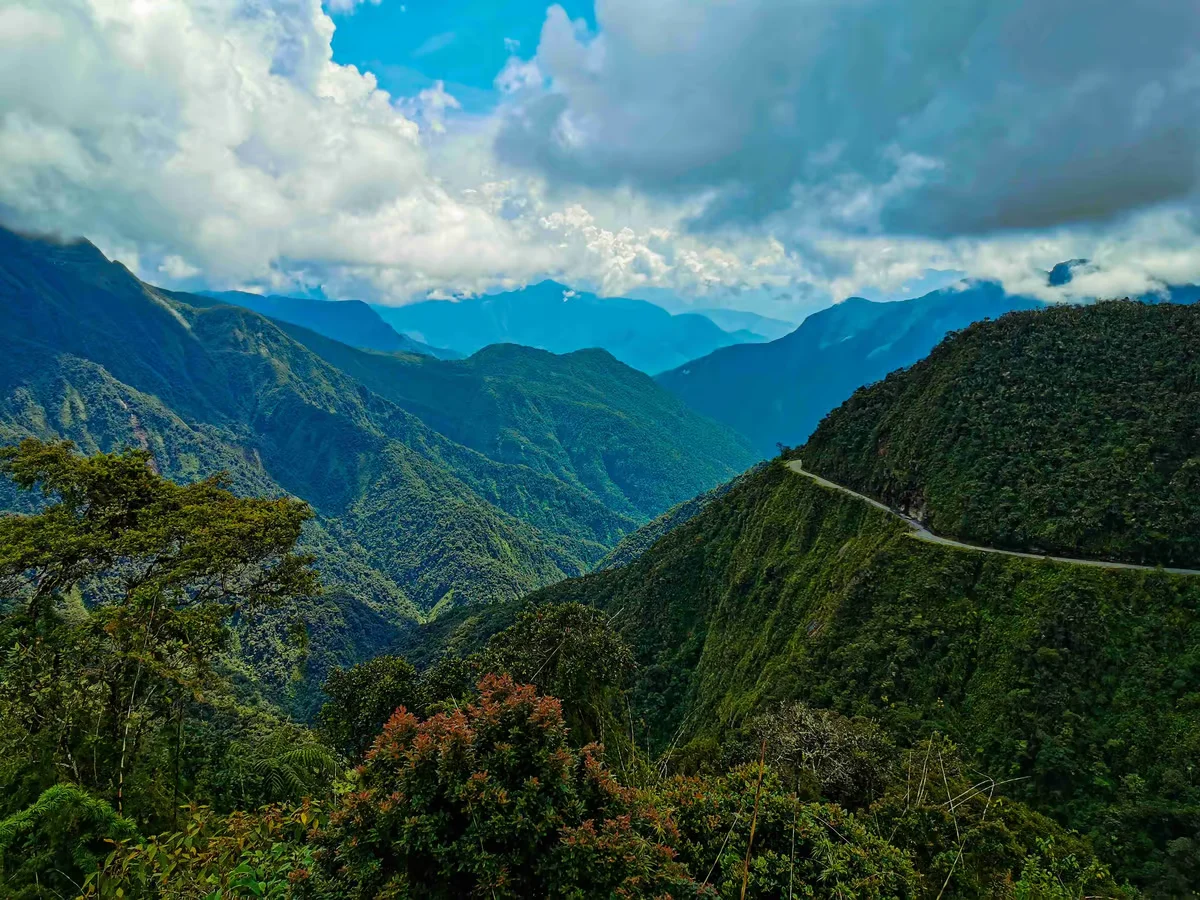
Source: Photo by Florian Delée on Unsplash
Dubbed the ‘Road of Death’, the North Yungas Road in Bolivia is one of the most dangerous roads in the world, even debated to be more dangerous than others. Located between La Paz and Coroico, this road is notorious for its extremely narrow lanes and a murderous 2,000-foot drop at every turn. The road was built by Bolivian prisoners in the 1930s and was the only route from the two areas until a new 2-lane highway was constructed on another mountain range.
Setting on this route will have you enduring frequent landslides and a year-round thick fog that will make you think that you’re going to the land of Narnia. With a fatality rate of approximately 300 deaths per year, it’s no wonder the road has earned its grim nickname. Even with the sobering statistics, the views up there are utterly gorgeous, making the risks all the more worthwhile.
Must-see sights and nearby attractions:
- La Cumbre Pass
- Yungas Cloud Forest
- Valley de la Luna
- Tiwanaku
- Cotapata National Park
Tips for driving: You’ll usually be on the right side of the road when driving in Bolivia , but on Death Road, you’ll be required to drive on the left. If you’re going up from Coroico, you’ll be hugging the mountainside while drivers descending from La Paz have front-row seats to a hair-raising drop.
A No-Skip Road Trip to Skippers Canyon Road
Country: New Zealand
Length: 22 kilometers (16.5 miles)
Best time for a road trip: November to April
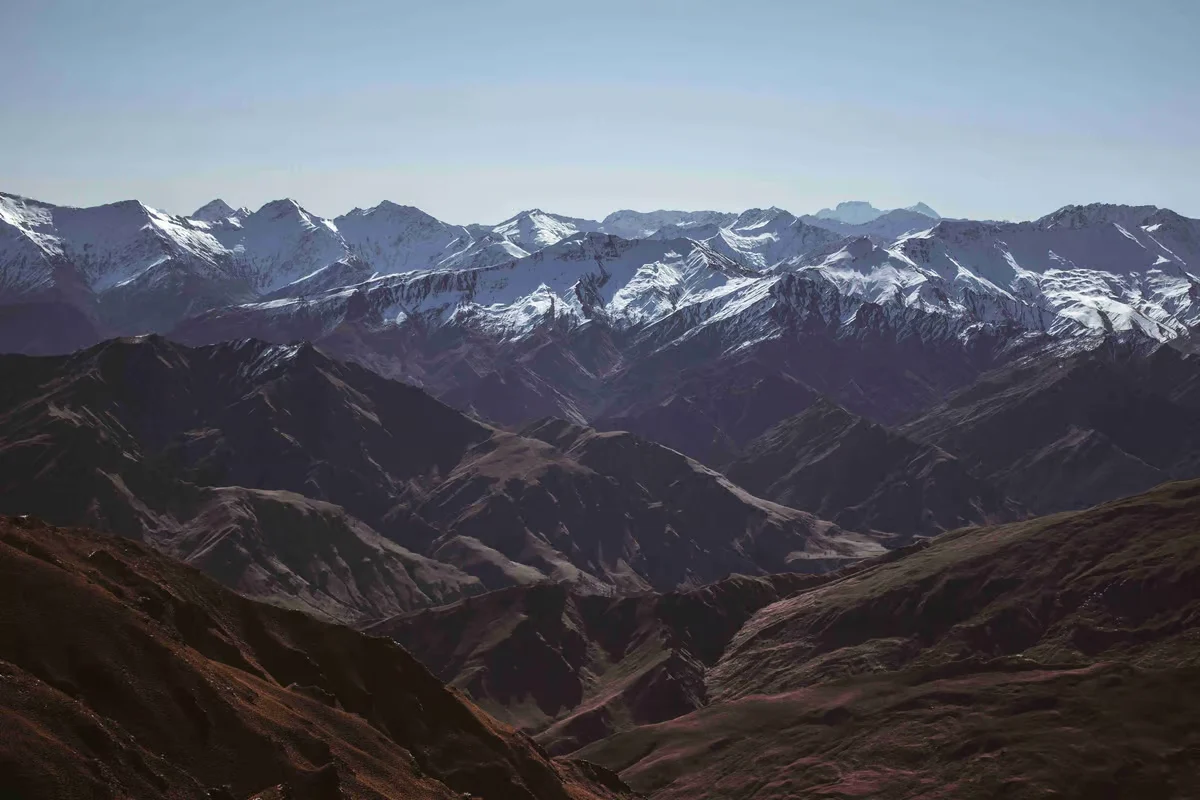
Source: Photo by Caleb Shong on Unsplash
A road trip in New Zealand offers a lifetime experience, particularly when driving on the country’s toughest road. Skippers Canyon Road is a prime example of a road that is both breathtaking and hazardous. Located in the South Island, this road is full of sharp bends and narrow passages with white-knuckling drops. Originally a gold-mining site, the road remains unpaved and is often driven only by those with a strong stomach and a willingness to risk it all for stunning views.
If you’re thinking of embarking on a trip to Skippers Canyon, know it is not for the faint of heart. The gravel road makes it almost impossible for vehicles and you won’t see a turnaround for 6 kilometers, so this route is a no-go if you’re skeptical about your driving skills.
Must-see sights and nearby attractions:
- Skippers Canyon
- Shotover River
- Gorge Lookout
- Town of Queenstown
- Town of Glenorchy
Tips for driving: Always check your corners for incoming vehicles. Drive slowly to make way for quick-maneuvering tourist buses.
Braving the Killer Killar to Pangi Road
Country: India
Length: 85 kilometers (53 miles)
Best time for a road trip: May to October
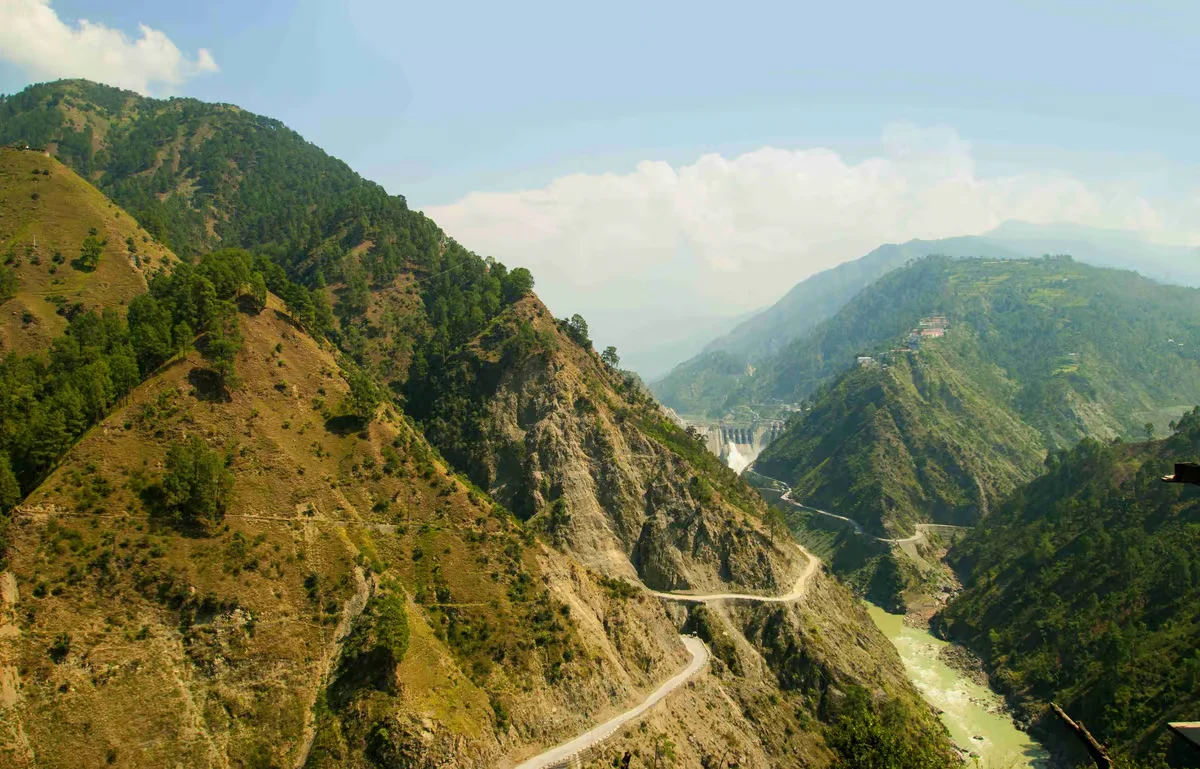
Source: Photo by crshelare
Nestled in the state of Himachal Pradesh , Killar to Pangi Road is another hazardous road to include in your most extreme road trips. Bridging the town of Killar to the remote valley of Pangi, this road lets you wind through the Himalayas, a must-do excursion if you’re craving the solitude of nature’s bliss with a hint of death-defying driving on the side.
Killar to Pangi is often closed during the winter months and for a good reason; the road is barely wide enough for two cars, making icy conditions particularly difficult with sharp turns, steep inclines, and the gut-wrenching risk of your vehicle’s wheels occasionally hanging over the edge. Don’t look down—even the most skilled drivers would feel their toes curling when they see the 1,000-foot death drop into the Chenab River that awaits them below.
Must-see sights and nearby attractions:
- Pangi Valley
- Nanga Parbat Base Camp
- Raikot Bridge
- Ratti Gali Lake
- Town of Bharmour
Tips for driving: Driving Indian roads may already seem taxing, but Killar to Pangi can make you feel like you’re driving for an eternity, especially with the number of reversals and turnarounds you must do just to get across.
A Daring Drive on Dalton Highway
Country: USA
Length: 666 kilometers (414 miles)
Best time for a road trip: Late May to mid-September
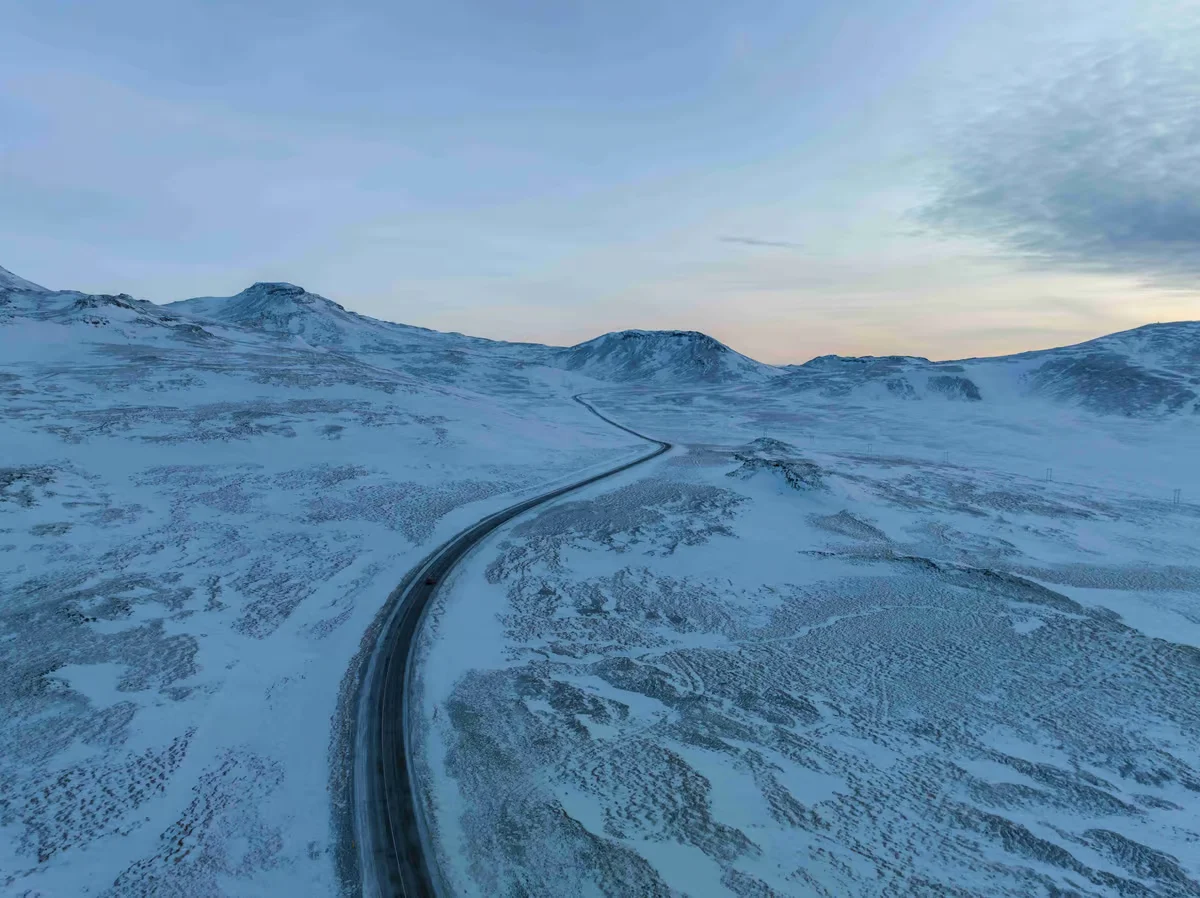
Source: Photo by Kristaps Ungurs on Unsplash
Known as Alaska Route 11, the Dalton Highway is a rugged, remote road that stretches from Fairbanks to the Arctic Ocean. No gas stations, restaurants, or any kind of rest stops—it’s as isolated as it can be. Enough for any novice driver to pump the gas and swerve in the opposite direction. But for those living at the edge, it’s a one-way ticket to a once-in-a-lifetime adventure.
The extreme polar weather conditions on Dalton Highway make driving hazardous, with temperatures plummeting and ice roads becoming common in winter. Know that there are no emergency exits on this highway and you won’t be seeing a single soul along this route, so preparation is key. Bring full-sized spare tires and an extra can of gas, and oh, kiss your pristine windshield goodbye.
Must-see sights and nearby attractions:
- Atigun Pass Summit
- Trans-Alaska Pipeline
- Finger Mountain
- Koyukuk National Wildlife Refuge
- Galbraith Lake
Tips for driving: If you’ll be driving on this treacherous road with a common vehicle, know that you’ll be sharing the highway with large tractor-trailers and lorries that have the right of way. Wait for them to pass and double-check your mirrors before continuing your journey. Always have your headlights on and stay on the right side of the road.
Embarking Fairy Meadows Road
Country: Pakistan
Length: 16 kilometers (9.94 miles)
Best time for a road trip: May, June, September, and October
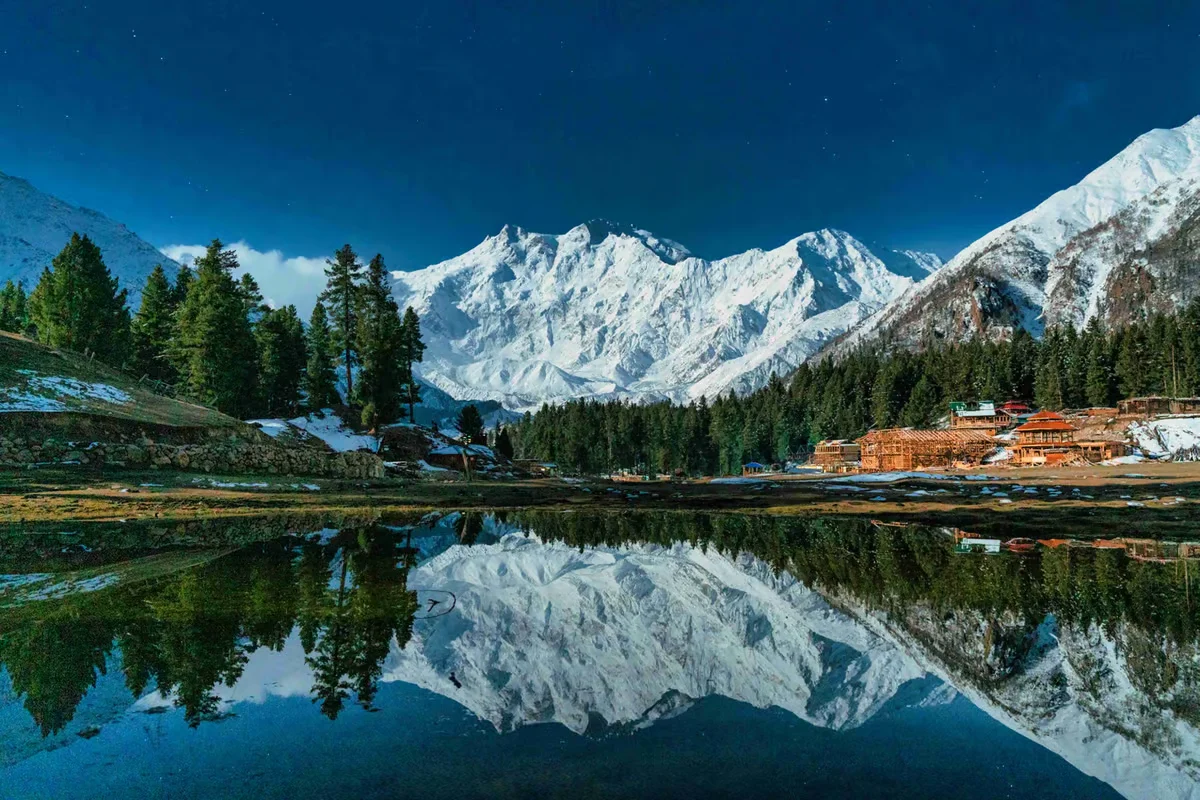
Source: Photo by anonymousstudioss
The Fairy Meadows Road in Kashmir, Pakistan is as stunning as it is deadly. Like Killar to Pangi, this mountain road is carved into the mountainside and is unpaved, immensely narrow with little to no guardrails keeping you from falling off the edge. The road is also pretty straightforward—sharp turns at every corner and murderous drops that make you think you’re on the road to being buried in Fairy Meadows instead.
To make things worse, the dirt road completely disappears at the end, all the way to Fairy Meadows National Park , and you’ll need to trek the path by foot or ride a bicycle. Luckily, the views at the national park are otherworldly and prove that it’s not always the journey, but the destination.
Must-see sights and nearby attractions:
- Nanga Parbat Mountain
- Fairy Meadows National Park
- Raikot Bridge
- Bunar Valley
- Ratti Gali Lake
Tips for driving: When driving on Fairy Meadows Road, take it slow and be alert for rough patches and sharp turns. The road can be narrow and steep, and remember, don’t look down!
Conquering the Most Dangerous Roads in the World
Before you go on a journey that will have your knuckles clutching the steering wheel and your passengers whispering a little prayer as your vehicle passes through the narrowest passage known to man, consider these tips and tricks first.
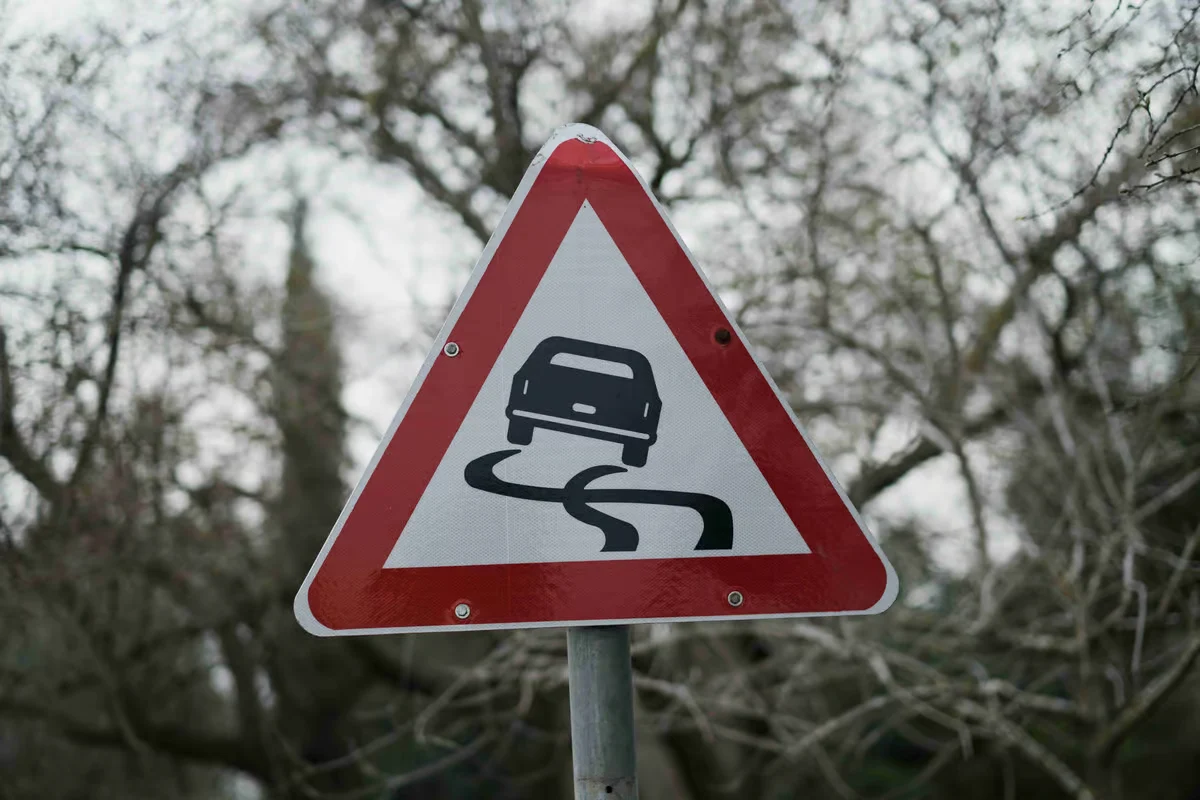
Source: Photo by Levi Meir Clancy on Unsplash
Plan Ahead
It’s vital to know what kind of road you’re heading into before planning your itinerary. Know the current road conditions, including weather forecasts and potential hazards. Check if any sections of the road are closed or if you’re going to need a local guide to help you out.
Prepare your Vehicle
Danger-proof your vehicle. This means ensuring that what you’re driving in is in optimal condition that can take on roads for those with nerves of steel. For most expeditions, a four-wheel vehicle can suffice. Just remember to gear up with emergency supplies such as a first-aid kit, spare tires, extra fuel, and tools for basic repairs.
Spruce Up Your Driving Skills
Familiarize yourself with advanced driving techniques required for risky conditions. This includes handling sharp turns, navigating gravel roads, and driving on icy roads.
Pack Safety Gear
Bring safety equipment such as a satellite phone, GPS, and flares. If traveling in remote areas, consider carrying a beacon for emergencies.
Get Intel
The locals know best. Have a word with the people in the area or other drivers familiar with the road. Many online forums consist of experienced drivers who have taken up the task of conquering these dangerous roads and are more than happy to help out other inspiring road warriors!
Frequently Asked Questions (FAQ)
Of all the deadliest roads, which one is considered the most dangerous?
For a long time, the North Yungas Road has been feared by many drivers for its dreadful driving conditions, but recent road infrastructure and the construction of an alternative highway have made the road less nerve-wracking and more of a tourist gem. Nowadays, the Killar to Pangi road has been collecting some buzz from fellow road trippers and thrill-seekers as one of the hardest roads to drive in the world.
Which country is the most difficult to drive in the world?
According to the World Health Organization (WHO), Liberia takes the cake as the country with the most dangerous roads, with approximately 35.9 deaths for every 100,000 people.
Any tips for driving on narrow roads?
Driving on small roads takes some getting used to. Take it slow so you have more time to decide and act. Check your mirrors to gauge the distance between your vehicle and oncoming obstacles—a sharp turn, wildlife, or another car.
When dealing with other drivers, use your turn signals to communicate your intent to pass. Watch for blind spots and keep a safe distance between you and other vehicles.
What should I do if the weather is bad while driving?
If you encounter a sudden change in weather then it’s best to reduce your speed to have better control of your vehicle. Keep your headlights on to make others aware of your presence. Stay alert for hazards like debris or icy roads.
Be ready to pull over if conditions become too dangerous. Stay calm and have emergency contacts prepared in case of emergencies.
What are other road hazards, like hairpin turns, that make a road challenging?
Aside from the classic hairpin turns, you also need to watch out for hazards that limit visibility such as steep grades and blind curves. Other dangers are potholes, loose gravel, and wildlife crossings. Weather is also a crucial factor when driving.
What do I do if my vehicle gets stranded on a dangerous road?
Getting stranded on a dangerous road is a recipe for disaster. Move your car to a safer spot and turn your hazards on to warn other drivers. Have your phone handy to call for assistance or emergency services.
Be More Extreme with an IDP
Whether it’s the Death Road in Bolivia or the Skippers Canyon Road in New Zealand, driving on some of the world’s treacherous roads takes guts. Up for a challenge? Plan your extreme road trip around the world with a global driving document to make your international travel a breeze.


